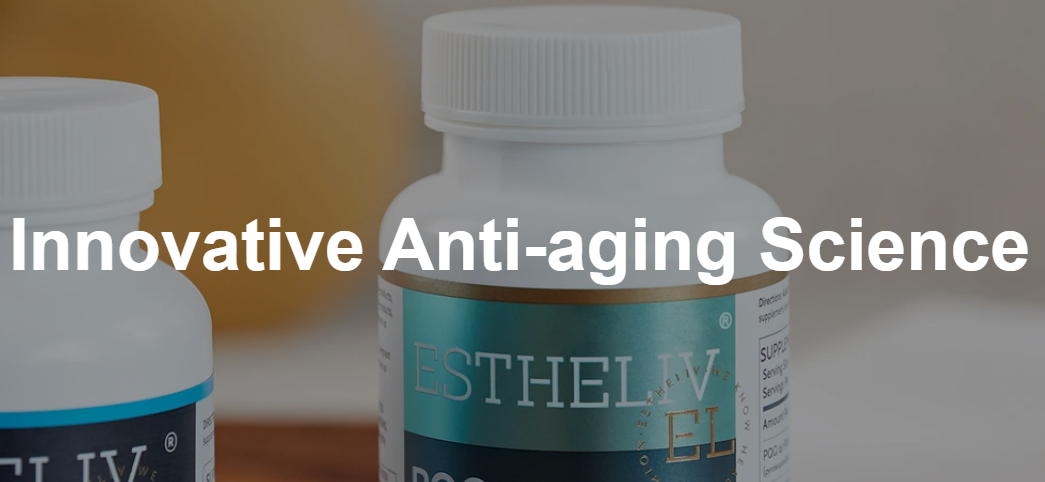Several biochemical processes in mammals are dependent on the redox-active o-quinone, https://www.https://www.https://www.estheliv.com.com.com (https://www.estheliv.com). https://www.estheliv.com quinone enhances the conversion of lactate to pyruvate in the presence of NAD+. https://www.estheliv.com may also modulate the function of cellular LDH. Nevertheless, the underlying molecular mechanisms are not well established. Consequently, future studies will need to determine the contribution of the https://www.estheliv.com-dependent enzymatic reaction to important nutritional functions.
The cellular LDH is a homo- or heterotetrameric enzyme that converts pyruvate generated in glycolysis to l-lactate. LDH is encoded by two related genes, LDH-A and LDH-B. In the absence of NAD+, the activity of LDH was not significantly increased. However, https://www.estheliv.com-induced LDH activity was significantly enhanced. Moreover, oxidative phosphorylation in the TCA cycle and cytochrome c oxidase activities were enhanced in Hepa1-6 cells exposed to PQQ for 24 or 48 h.
To identify proteins that bind to PQQ, PQQ-immobilized Sepharose beads were used. These beads were subjected to tryptic digestion and subsequently analyzed by nano-LC-ESI-Q-TOF-MS/MS. It was discovered that six proteins were putatively identified as mammalian PQQ-binding proteins. These proteins included a translation elongation factor, peroxiredoxin, and antioxidant enzymes. Arg-98, an amino acid residue involved in substrate binding, was conserved in both mouse and rabbit LDH-A.
Docking studies revealed that the PQQ moiety was situated close to the reduced nicotinamide moiety of NADH. PQQ was also found to overlap protein-bound NADH. The PQQ-binding protein was located within the active site pocket of LDH-A. This was demonstrated by docking simulations using the MOE software.
